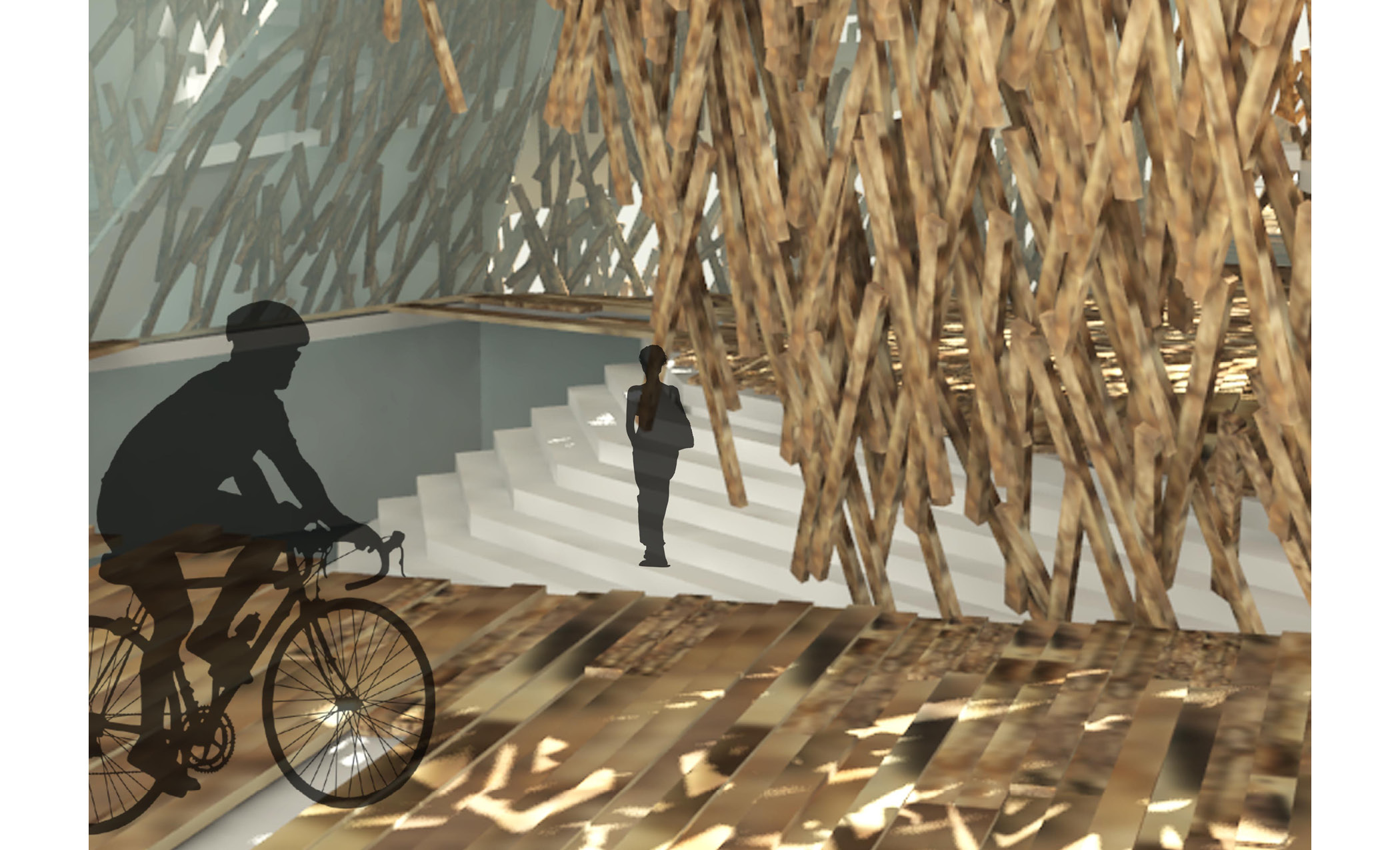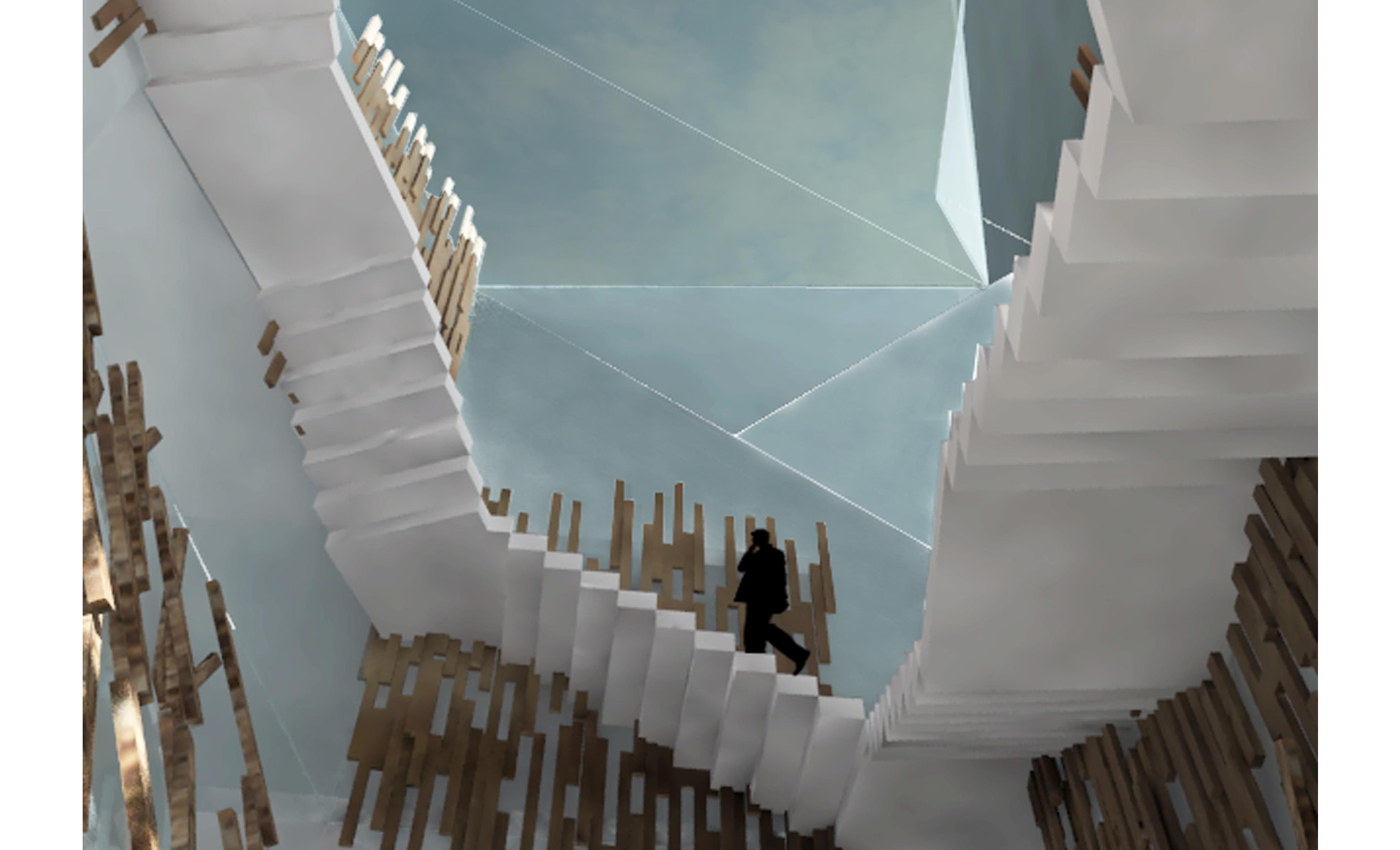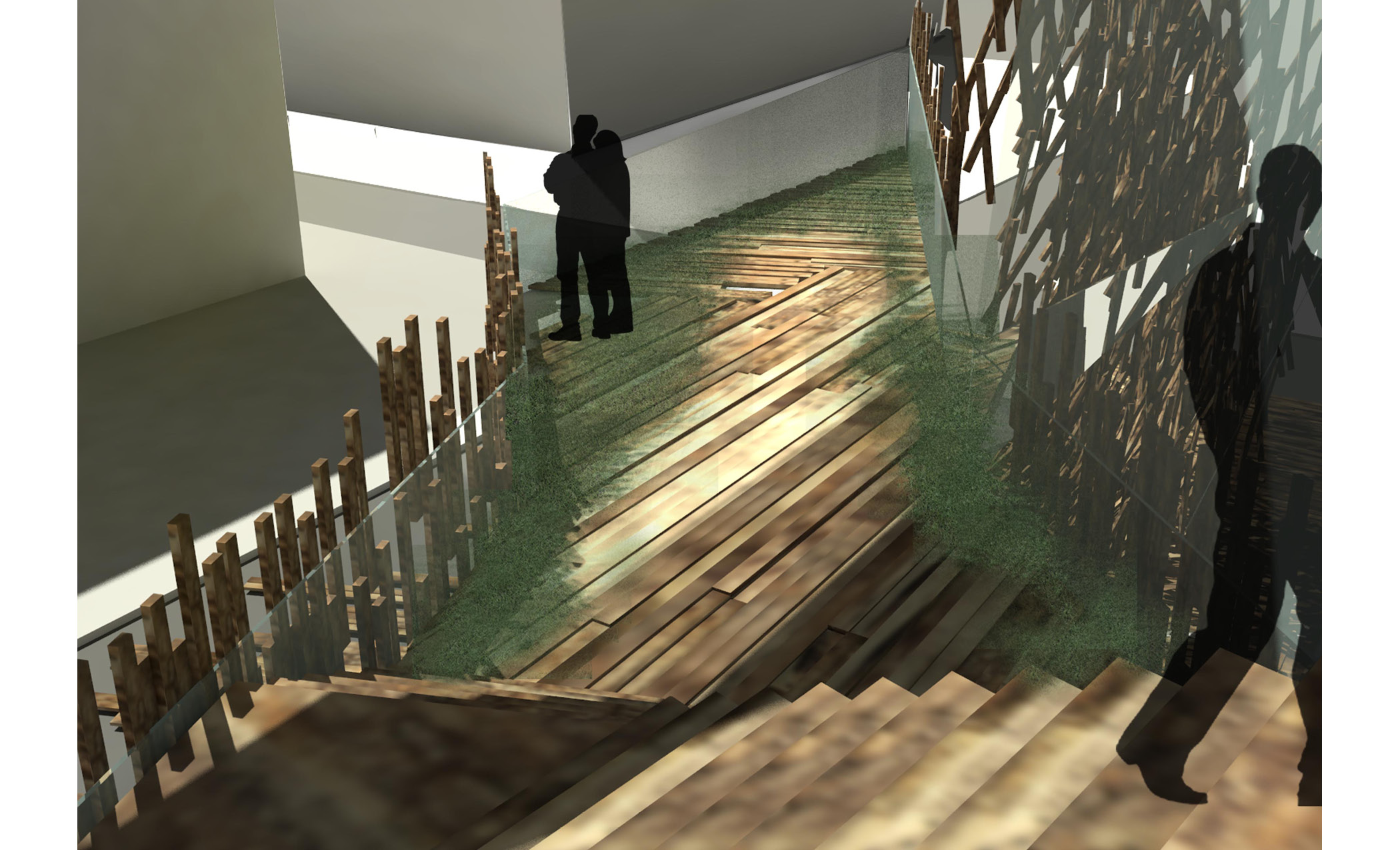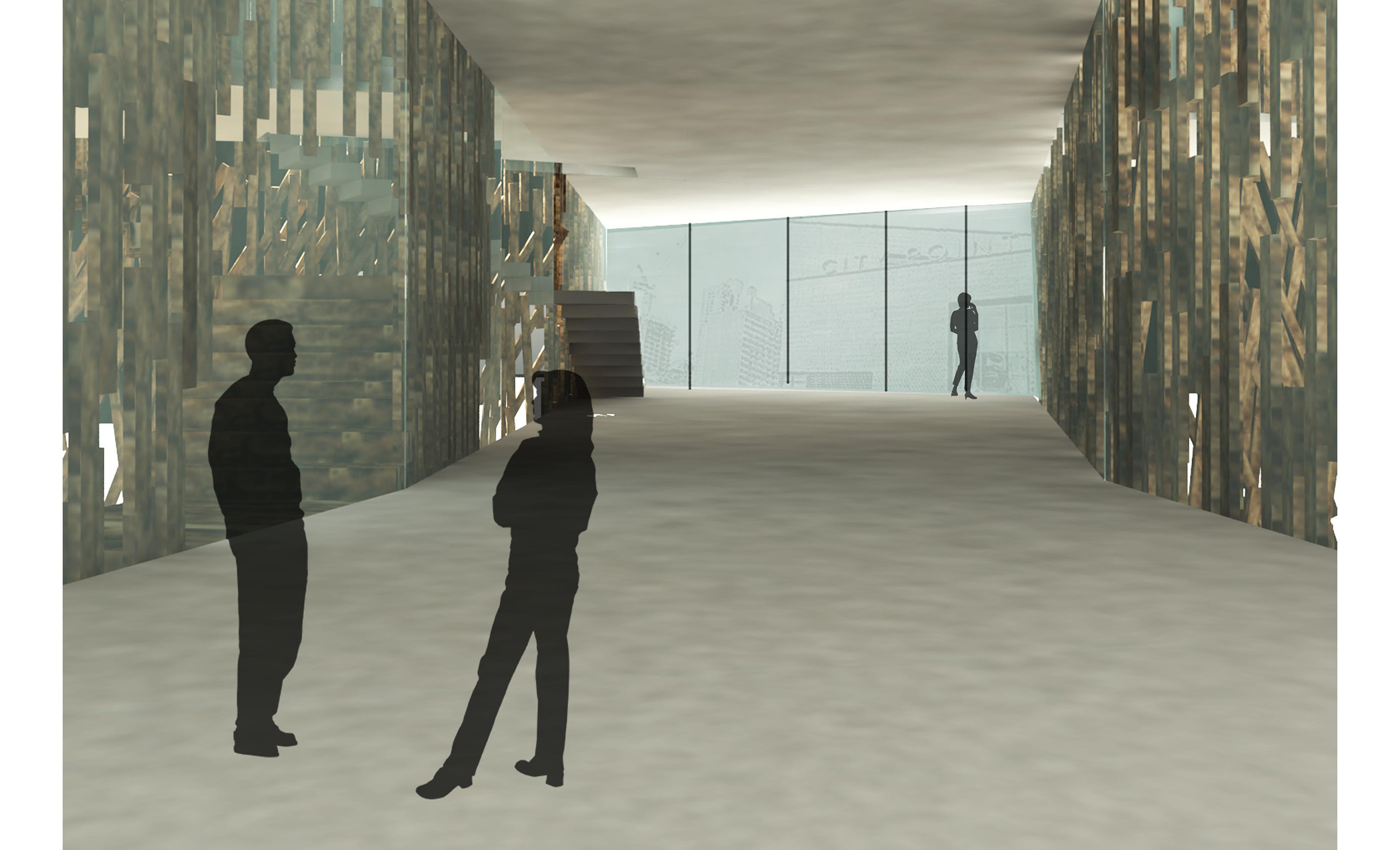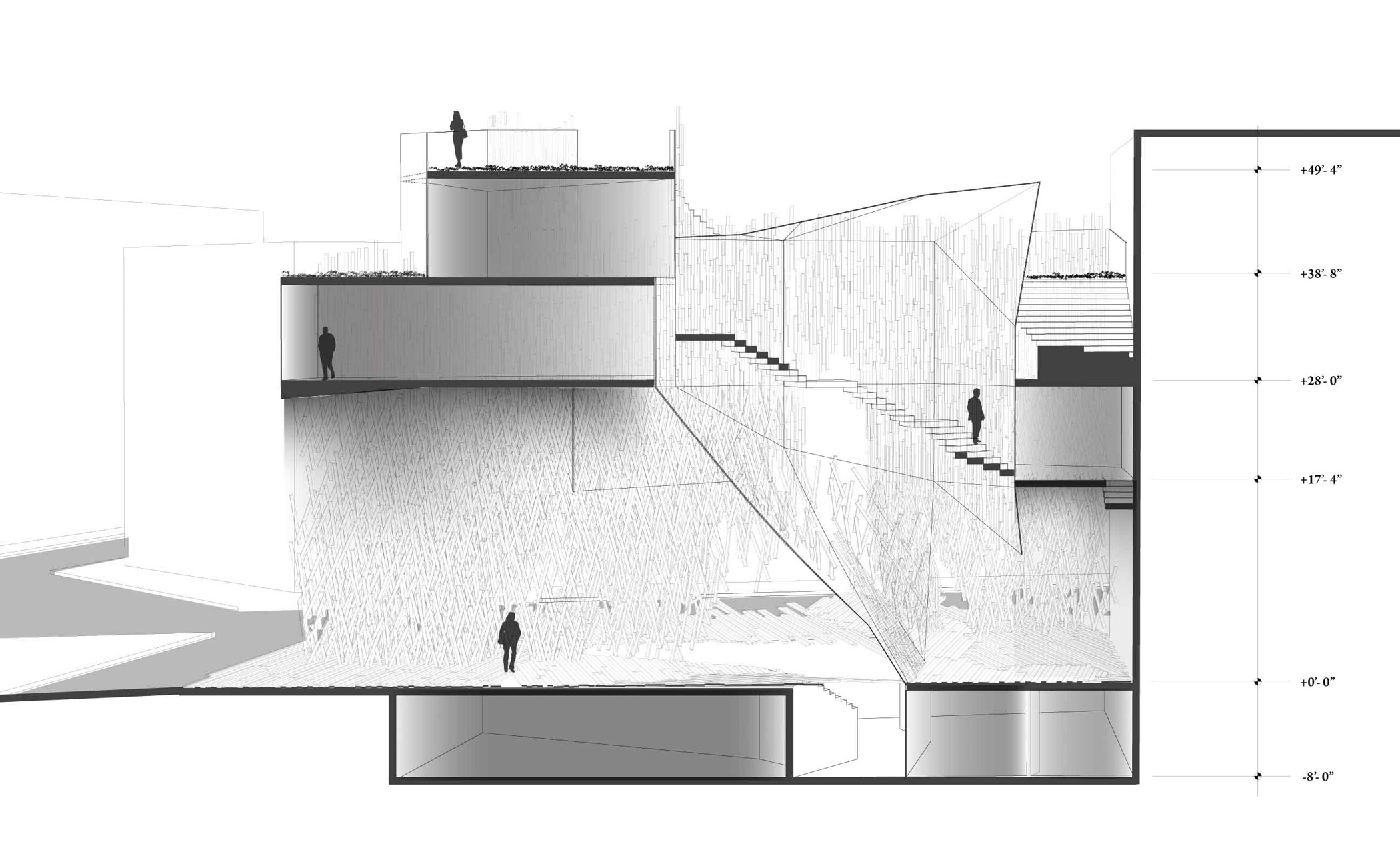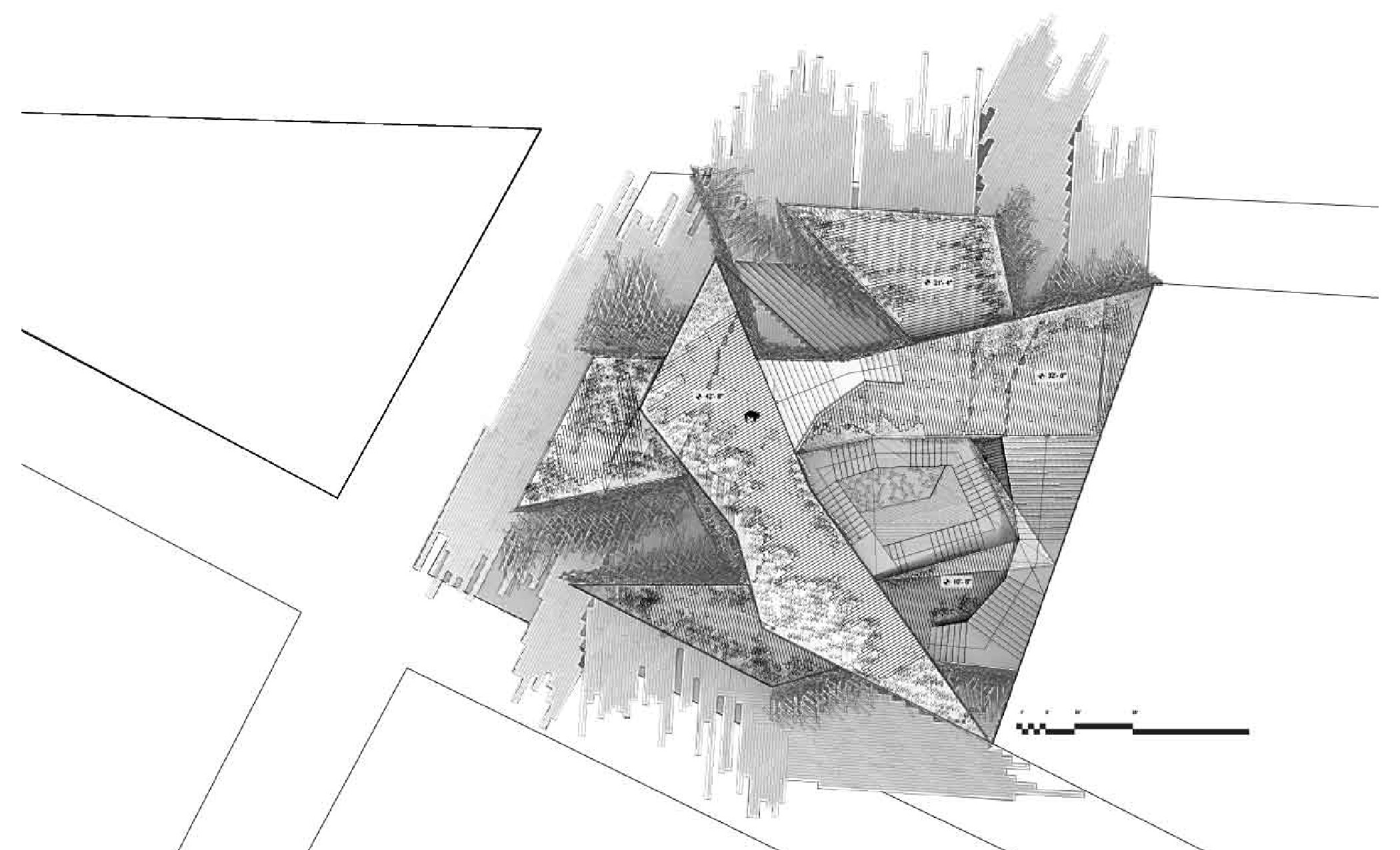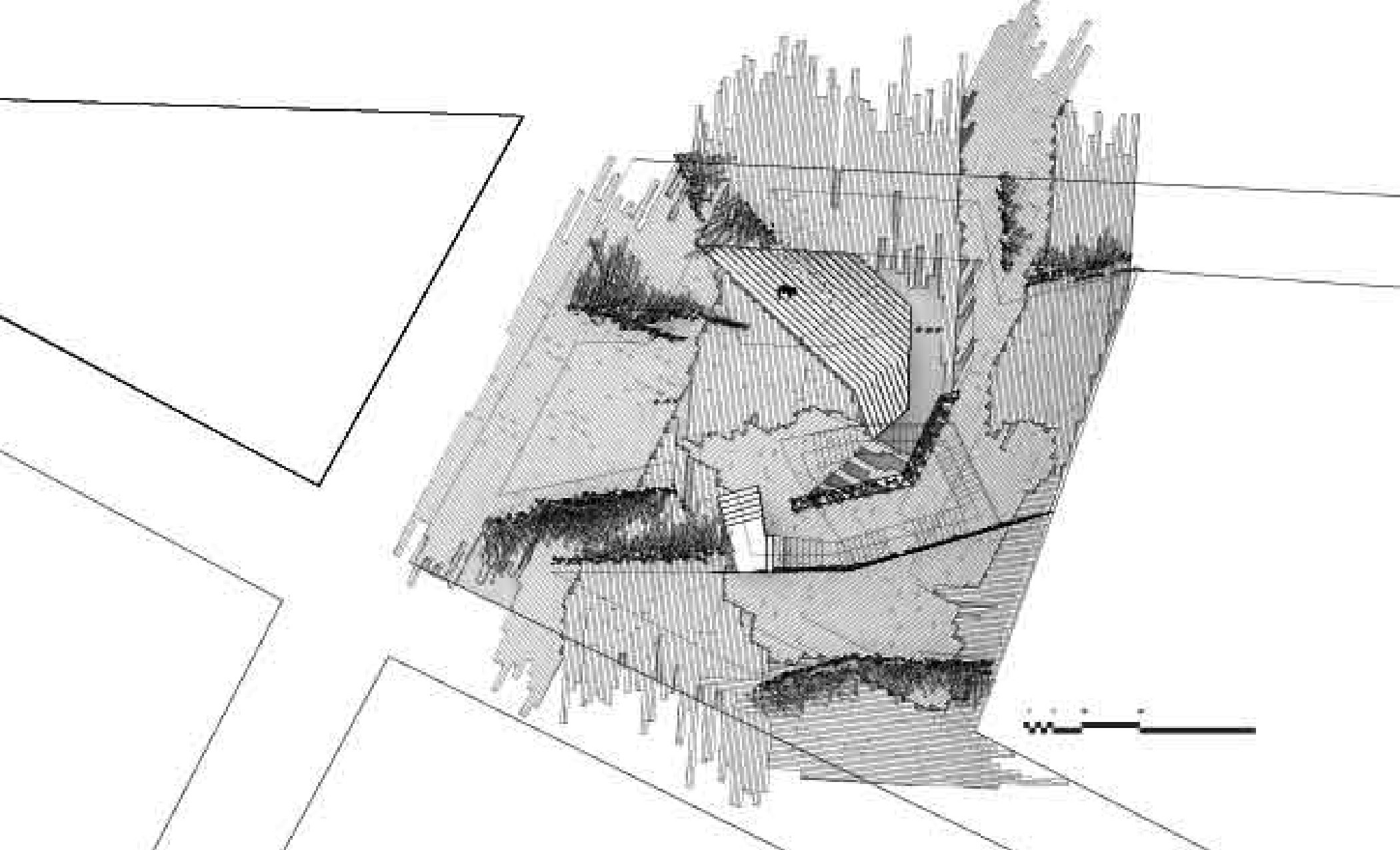Sift
Columbia University // Graduate School of Architecture Planning and Preservation
Professor Lydia Kallipoliti
Spring 2013
In New York City there is an interesting phenomenon of objects that happens on its streets. It is a unique transaction between strangers of unwanted objects. Often times, one sees a chair, stack of old vinyl records, or a box of books, and in passing the same spot ten minutes later these things are no longer there because someone had taken it.
One could extrapolate this trade to create a new type of bank that deals in the bartering of stuff. It would accept items that are no longer wanted and would serve as a last step before the junk yard.
Sift Bank is a bank of unwanted objects. It creates a new landscape that is adaptive to the refuse of the neighborhood. The object is given a new life and a new value in the variant contexts in which it is placed. If placed within a cluster or on display for re-consumption the object has changed it value from something discarded to something desired. If the object has been left for a long time, the building metabolizes it, breaking it down to it raw materials which are then embedded into the skin of the cluster creating a layered envelop and adding to the landscape that is in constant influx. Ultimately, this landscape would spawn new objects comprised of other digested objects that are taken from the envelope and redistributed.
A Catalogue of Stuff
A catalogue of a weeks worth of alerts on Craig’s List, clearly demonstrates an abundance of unwanted objects in NYC. Also apparent is an inherent sense of value placed on these objects and an understanding that someone desires them.
Process of Digestion
The discarded items accumulate within the slats of salvaged wood. As time passes, they are de-constructed and digested into the building envelop. Eventually a new conglomerate object is created.
An Expression of Density
A situationist map revealing how one would experience density along the streets of the site served to inform the tectonic language of Sift’s envelop.
In an attempt to articulate the density discovered in the situationist map, a tectonic language was developed. Doris Salcedo explores a new way to display the object. Perhaps these two systems could be combined to redefine NYC’s relationship with its unwanted objects.






